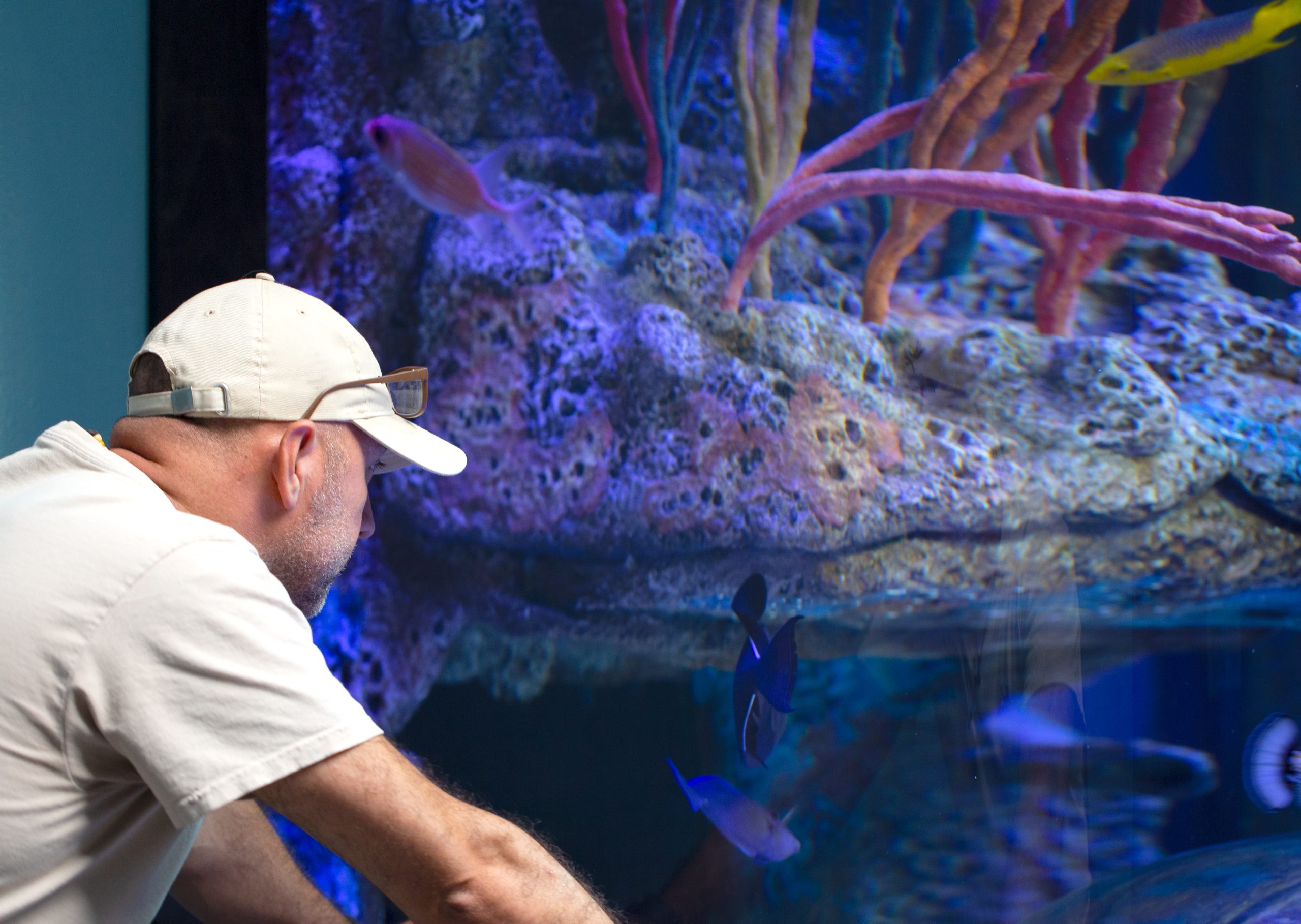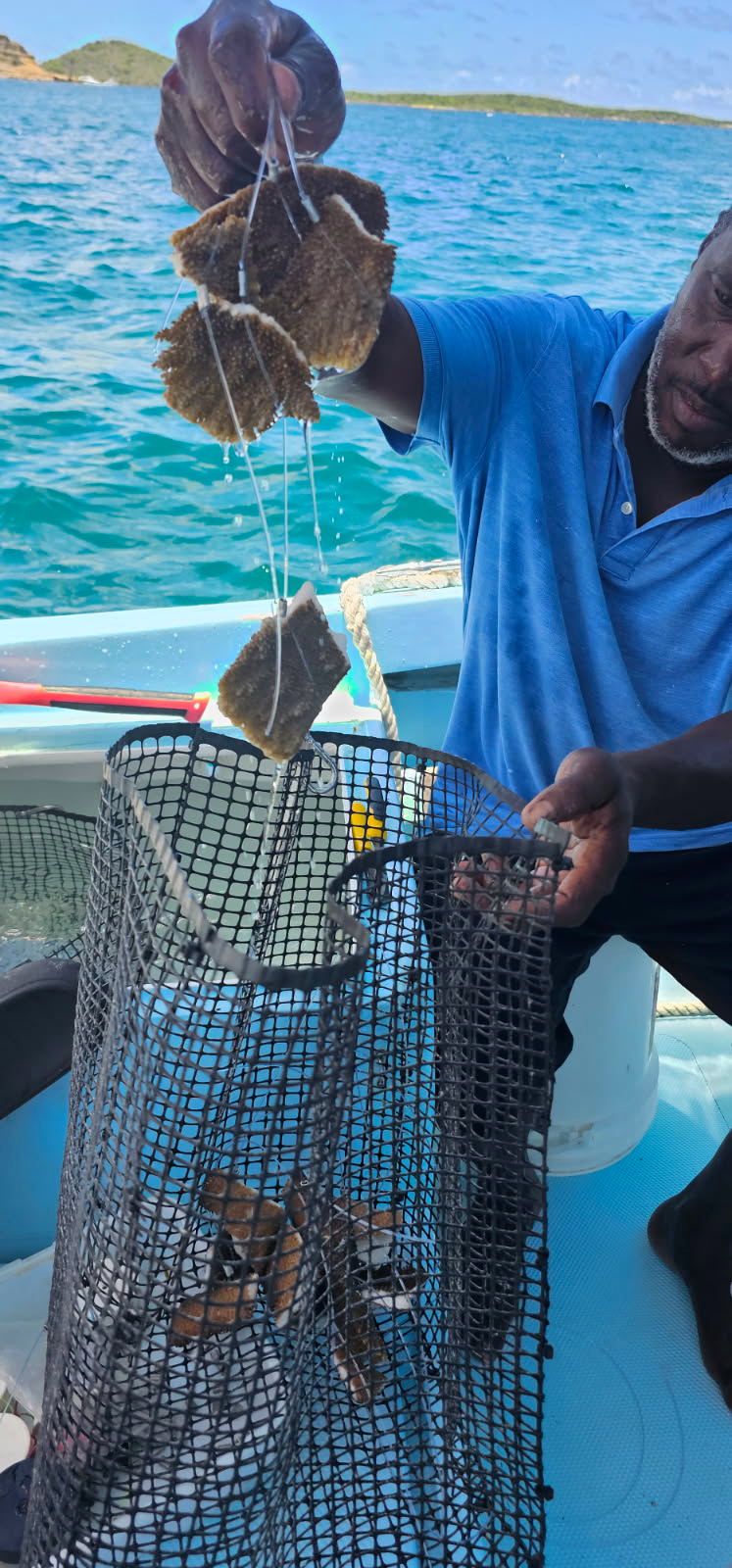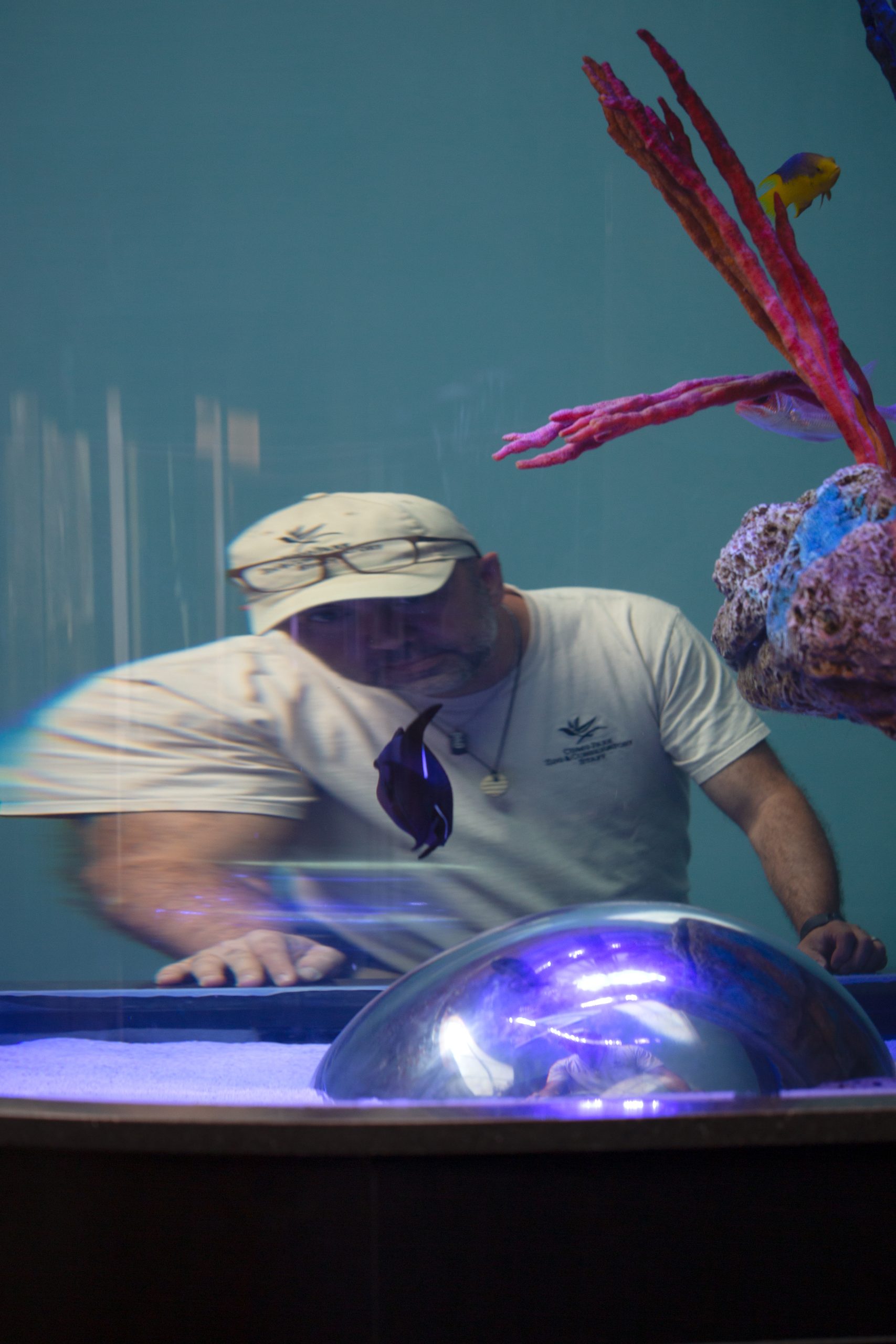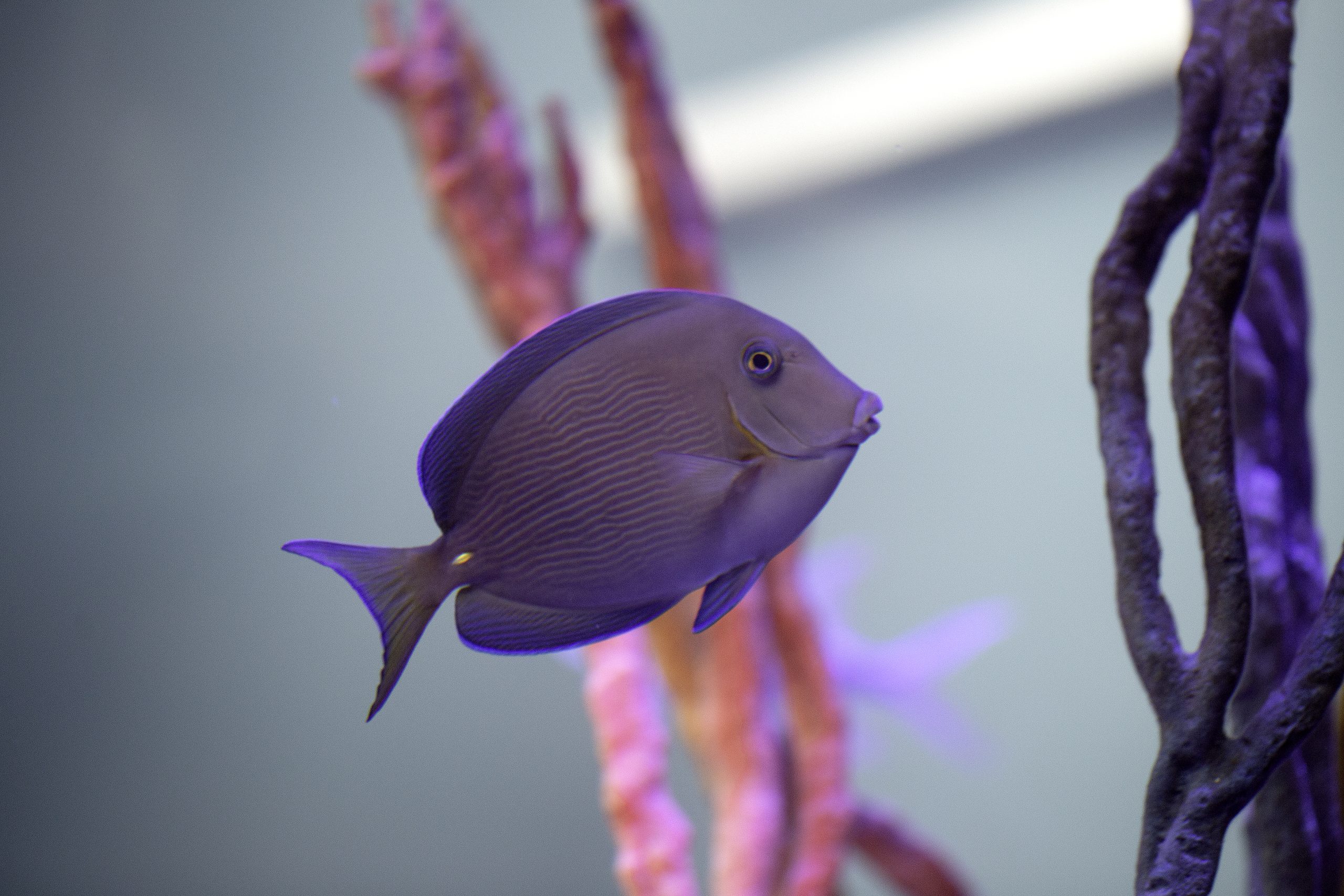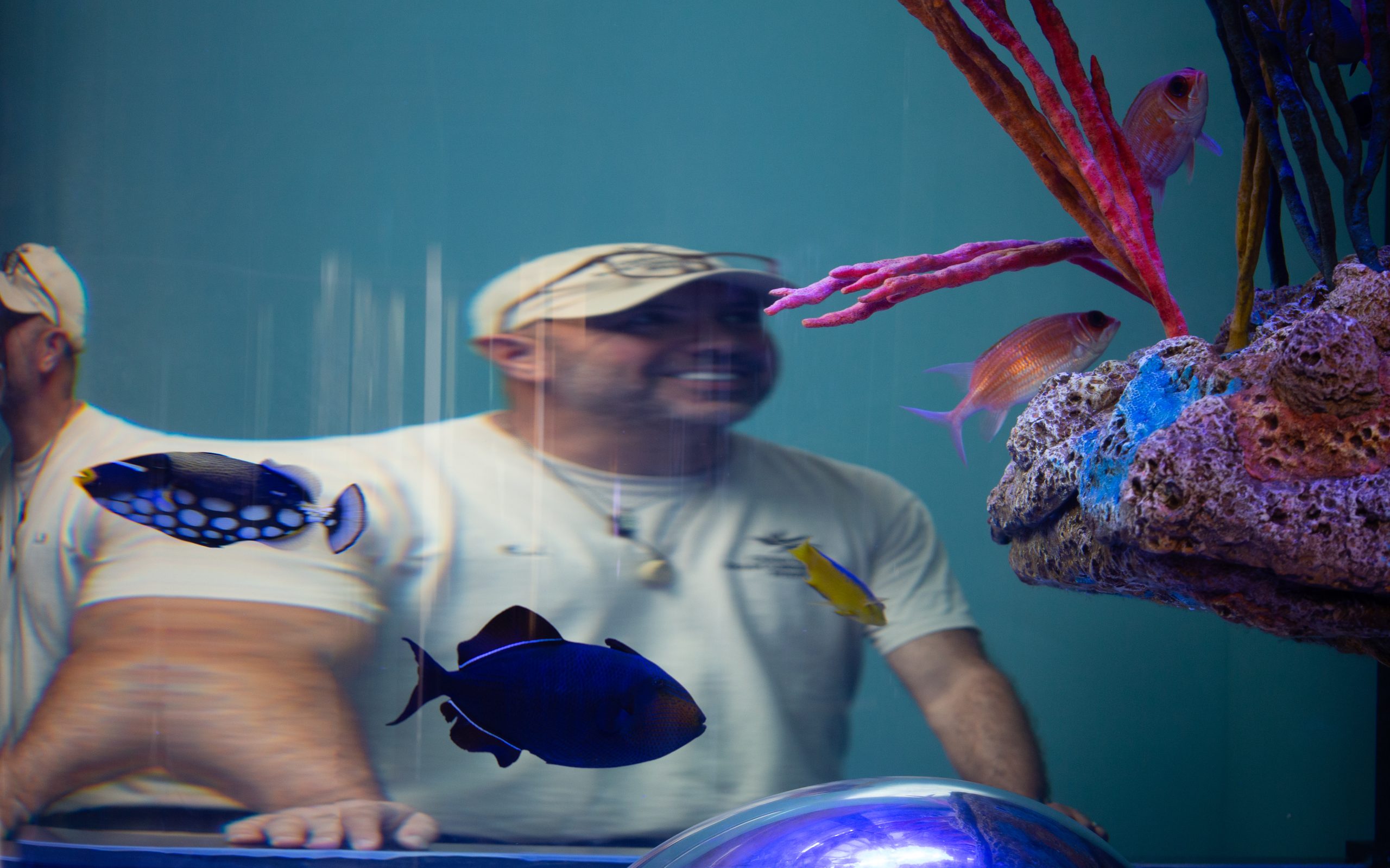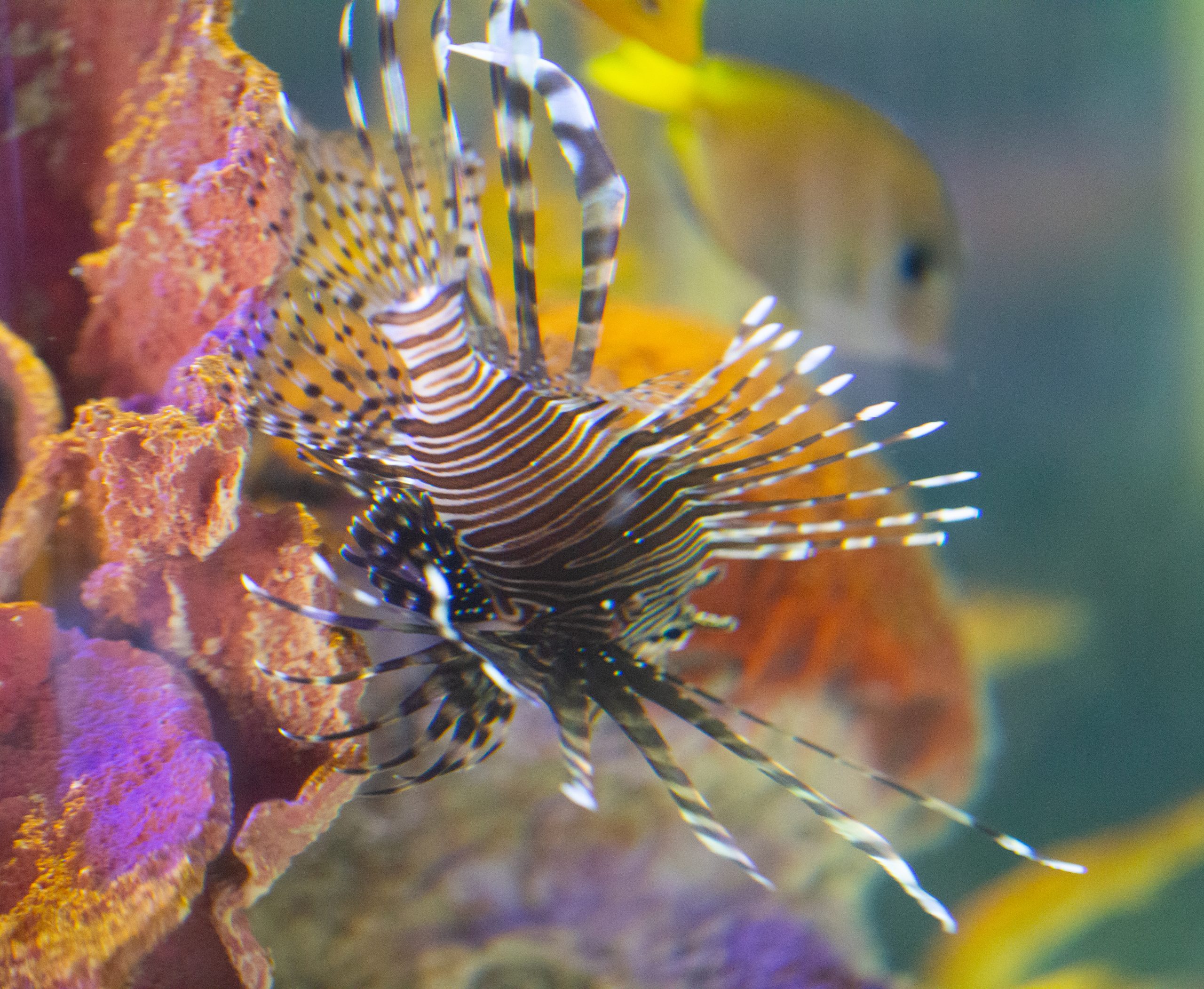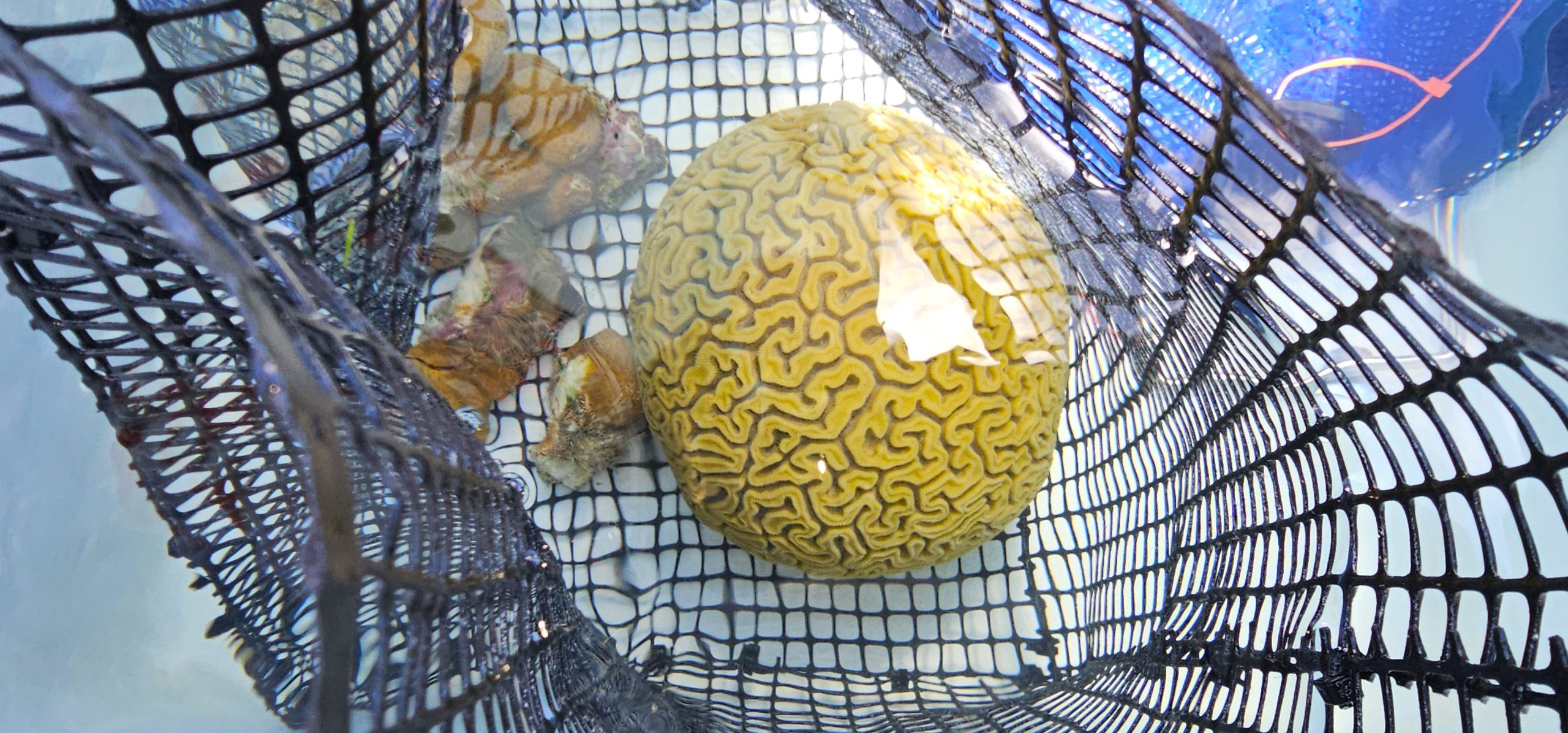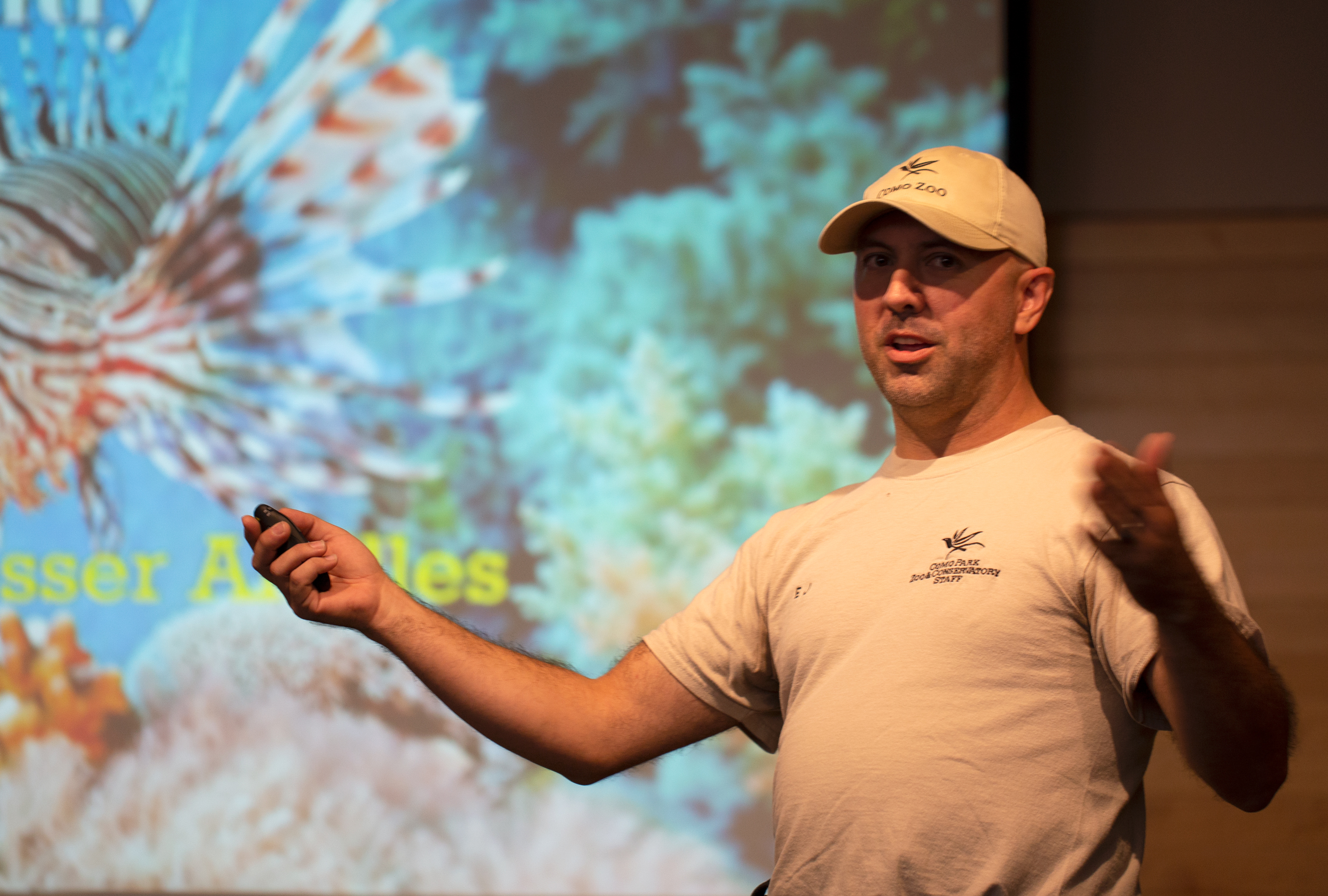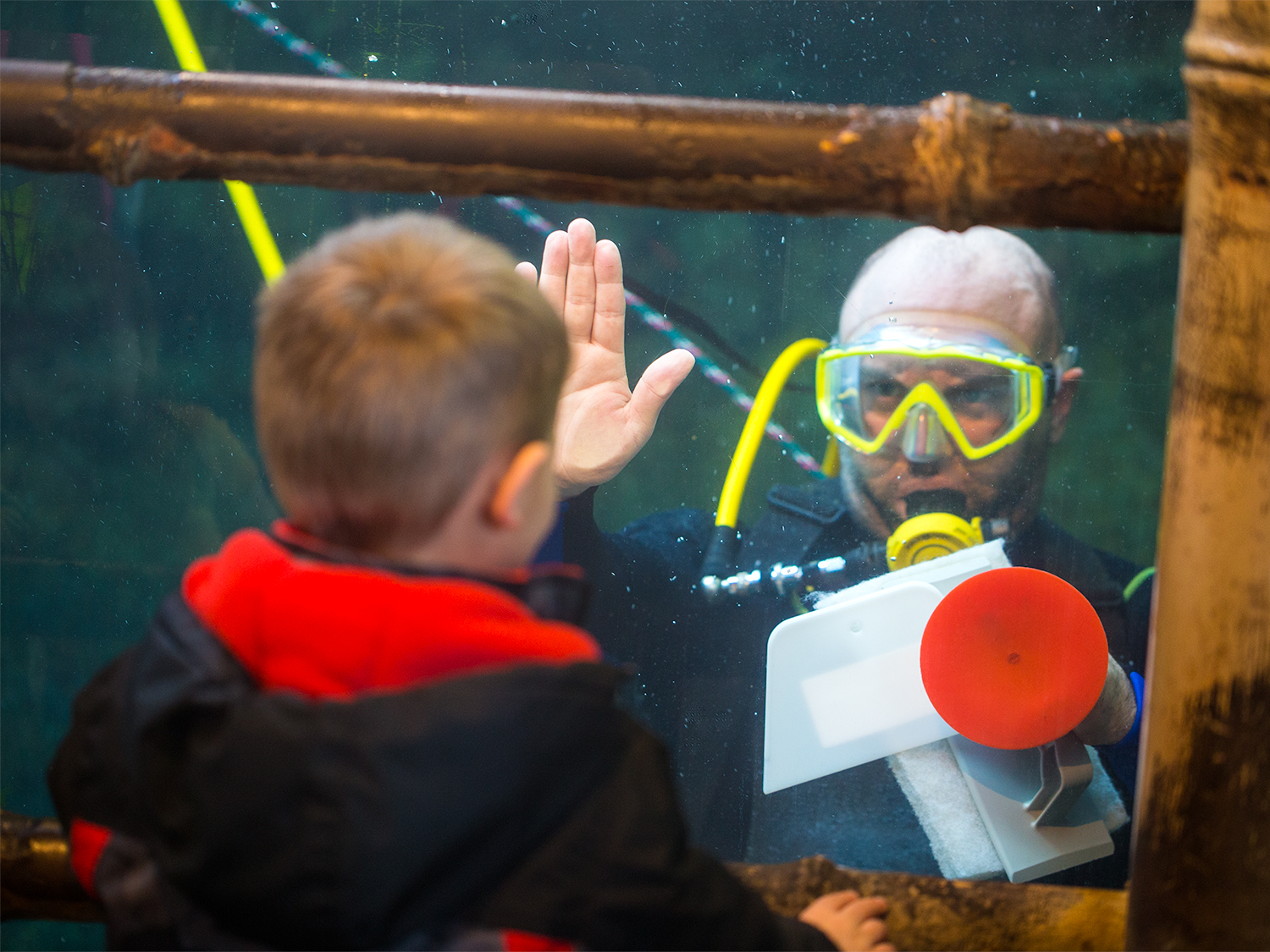Como Zoo’s life support specialist EJ Smith traveled to the Caribbean to support a promising project to rebuild the vanishing coral reefs
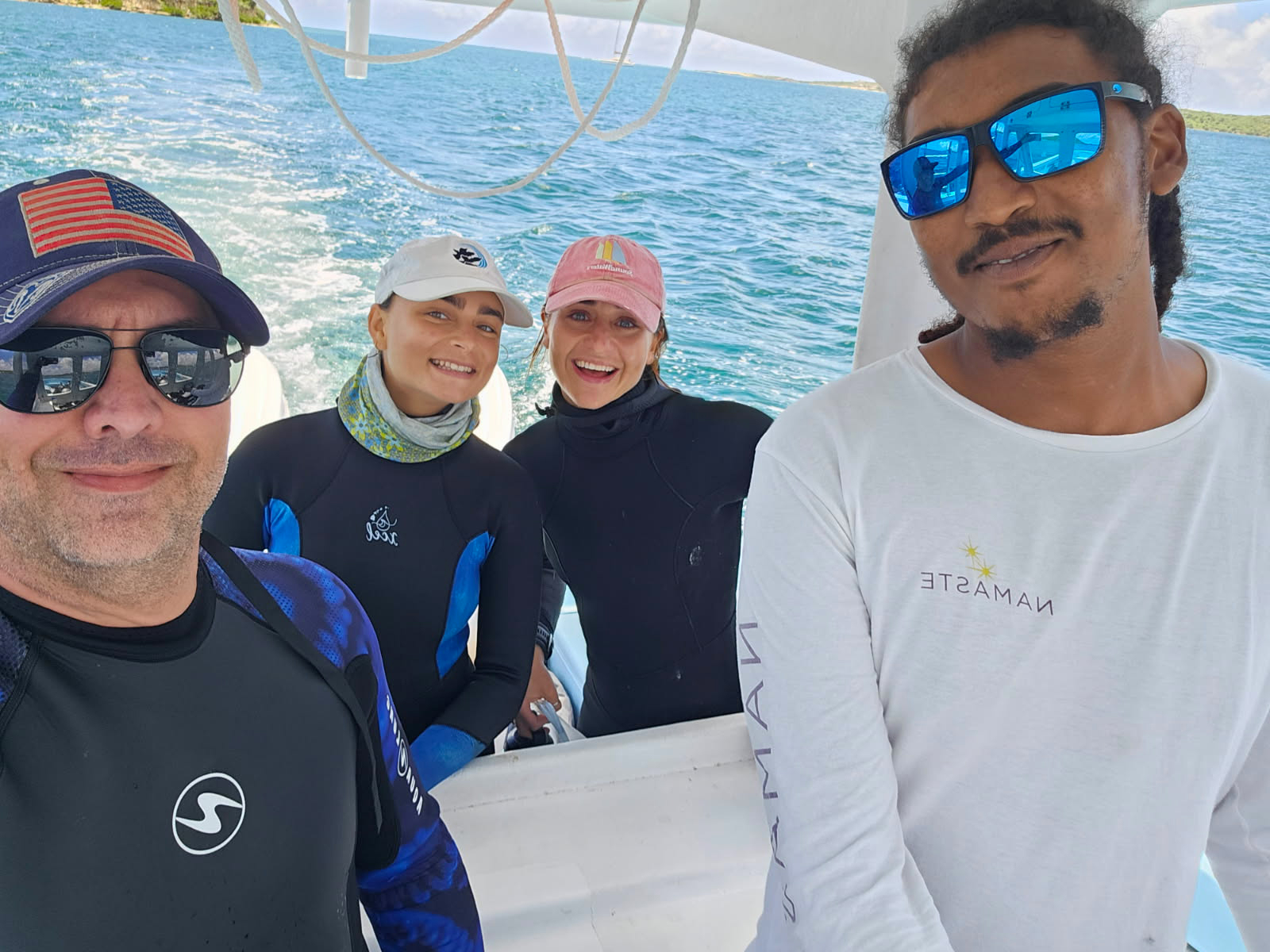
Vivid with color and teeming with life, coral reefs are among the most amazing ecosystems on the planet, accounting for just one percent of the ocean floor’s surface, yet supporting nearly a quarter of all marine species.
But with growing greenhouse gas emissions, rising sea temperatures, ocean acidification, and a host of other factors, reefs around the world are in danger of dying out. While more than half of the world’s living coral has been lost since 1950, scientists predict more than 90 percent could disappear by 2050.
While the challenges are daunting, Como Zoo life support specialist EJ Smith recently found some cause for hope in the Caribbean where a new conservation group called the Elkhorn Marine Conservancy is working on a solution. With the help of a Como Friends Conservation Champions grant, Smith spent three weeks at the EMC’s sites in Antigua and Barbuda helping the small nonprofit with a promising approach to reef restoration.
“To help these reefs rebound, they’re working to create coral nurseries,” Smith explains. “They’ll look for healthy, [stress resistant] coral colonies out on the reefs, and take small chunks of them back to the nursery where they’re broken into micro fragments. Corals grow at an incredibly slow pace, but these micro fragments are found to grow faster in small colonies, speeding up that process of coral growth.” Corals are cultivated on ropes and coral “trees” made of PVC piping that can then be replanted onto degraded reefs. EMC’s nurseries are currently fostering 14 species of reef-building corals, many of which are critically endangered.
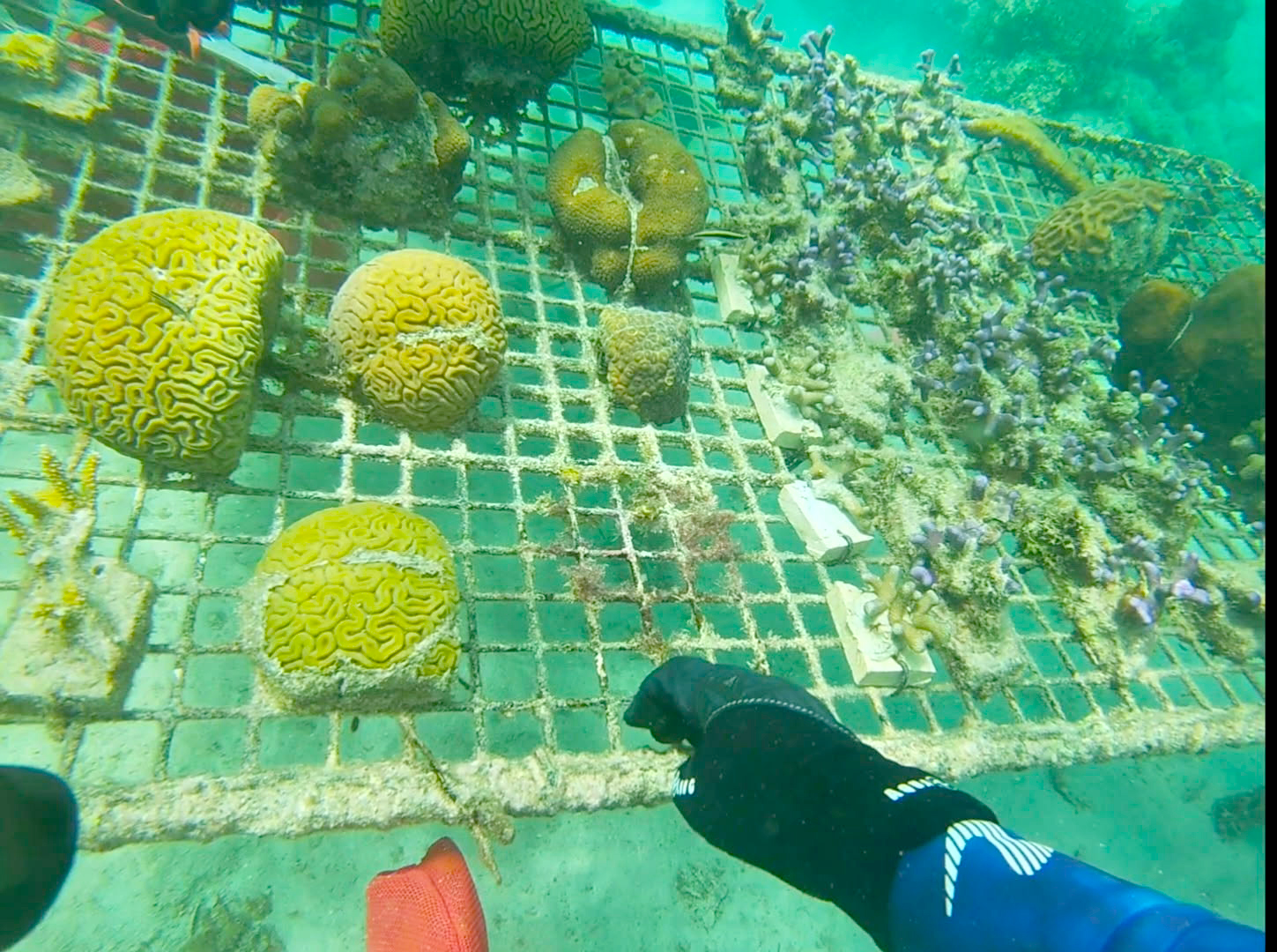
Growing at rates of just millimeters a year, coral barrier reefs can take more than 100,000 years to form. Groups like the Elkhorn Marine Conservancy are making coral nurseries from micro fragments of healthy coral to help speed the process of renewal.
An expert diver, Smith is responsible for all of Como’s aquatic habitats, ensuring water quality for dozens of species, from polar bears to pacus, and regularly diving into Como Zoo’s aquatic habitats to troubleshoot. “I once did the math and figured that professionally and recreationally, I’ve spent about two months of my life submerged in the water,” he says. “But diving with [EMC’s staff] was like working with superheroes. Some of these folks had such amazing physical capabilities they could hold their breath for minutes at a time. It was just astounding.”
The water chemistry skills Smith has honed at Como Zoo are valuable to EMC’s work, and their plans to expand their coral nursery operations. To deepen the connections between conservation efforts in the Caribbean and at Como Zoo, Smith’s colleague Asher Berg, Como Zoo’s Aquatics Keeper, will be taking a Conservation Champions trip of his own this fall to support the renewal of coral near Antigua’s Green Island, York Island, and Cades Reef.
With a new tank of coral beds coming soon to the Aquatics Building, Smith says he’s looking forward to sharing his insights about coral conservation in upcoming keeper talks. While the health of the world’s coral hangs in the balance, Smith says he finds hope in the visit he made to Antigua’s St. Andrew’s School, where he talked with elementary school students about his work in life support, and how coral restoration can benefit the local economy, food chain, and climate resilience.
“This next generation of island people are already tied to conservation, because their lives really are impacted by the health of the reefs,” he says. “To hear these kids talk about how they want to work in conservation, or maintaining fish stocks, or protecting the reefs when they grow up was really heartwarming, to be honest. It makes you hopeful that conservation projects like this are making an impact.”
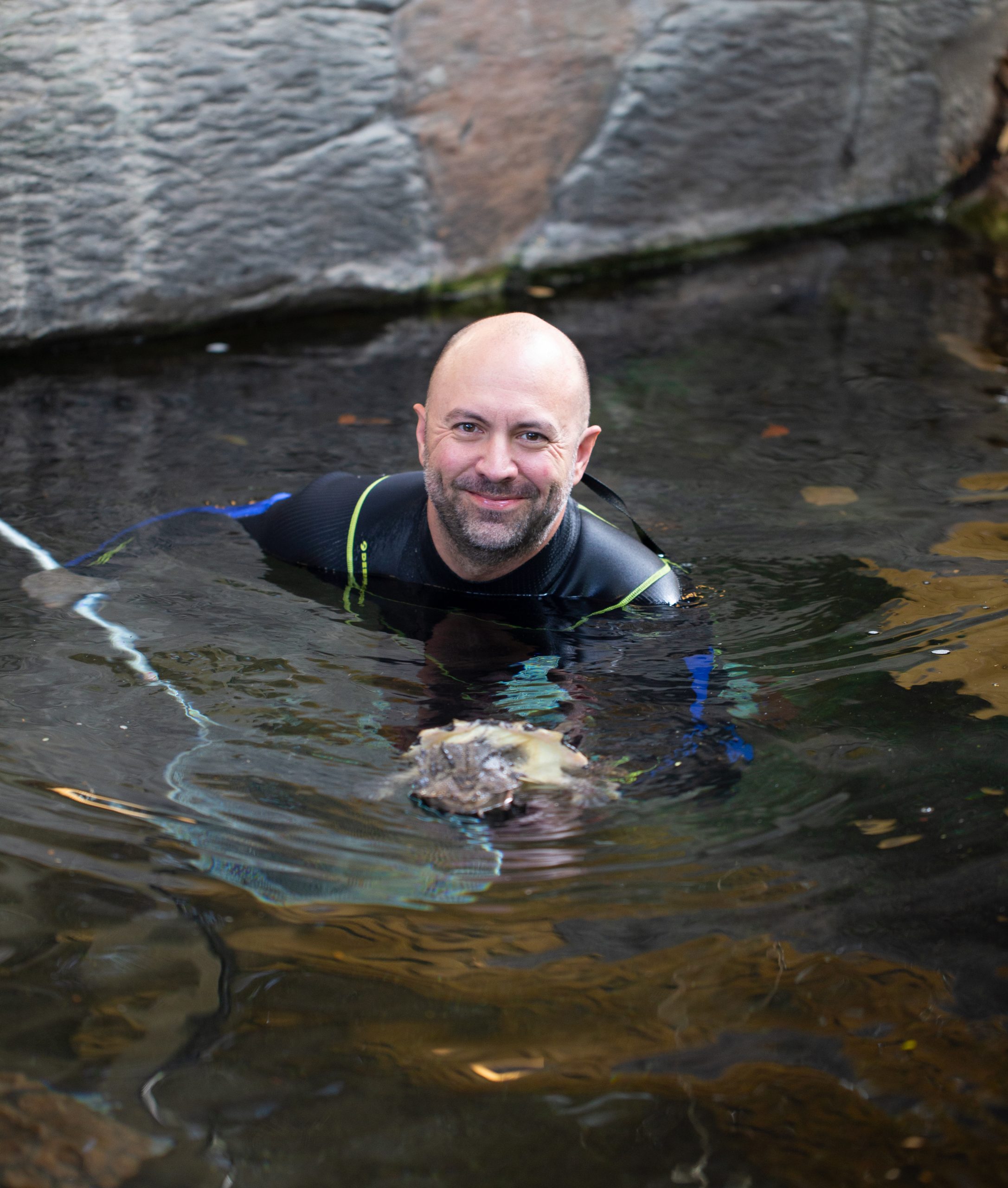
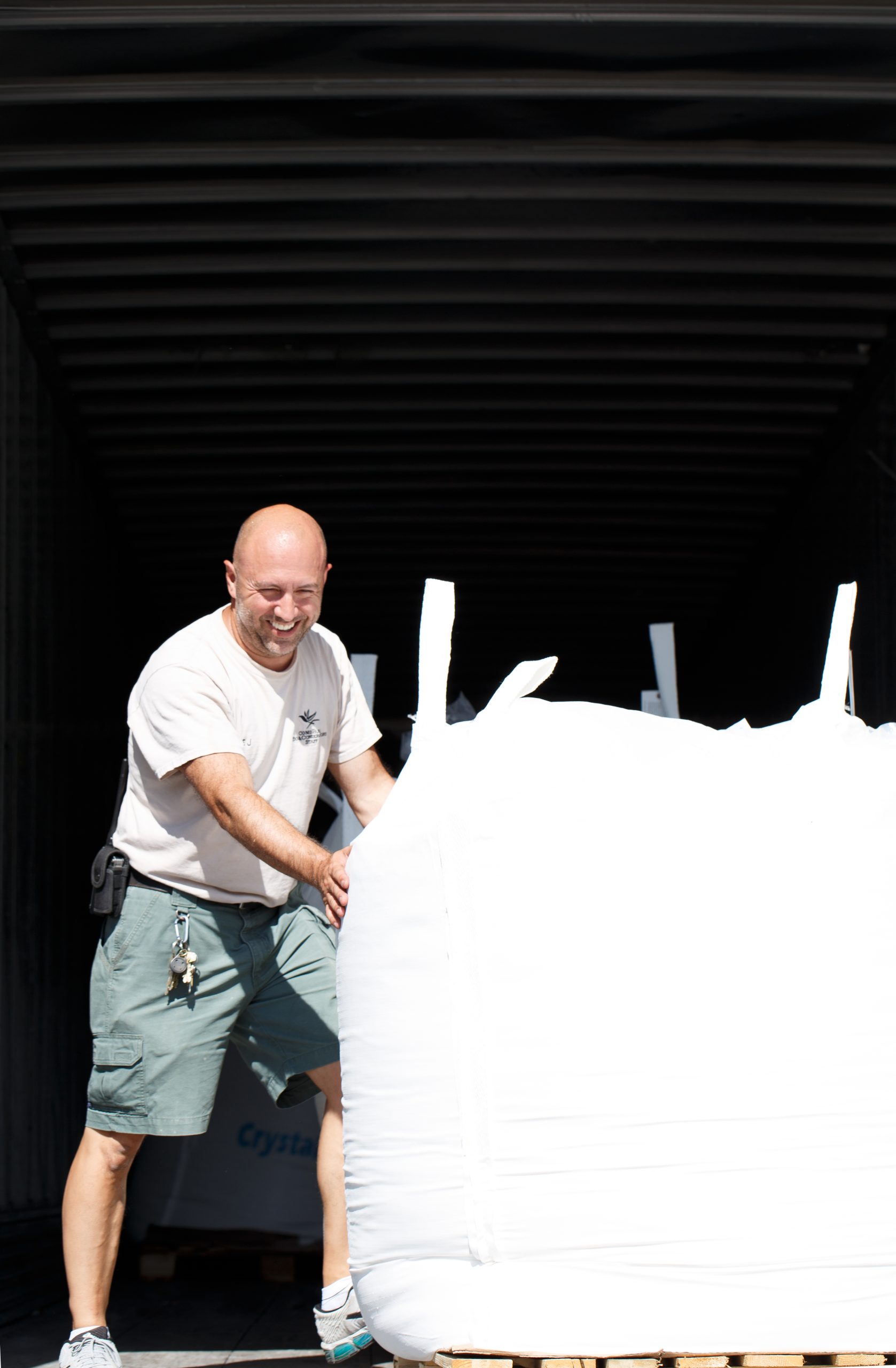
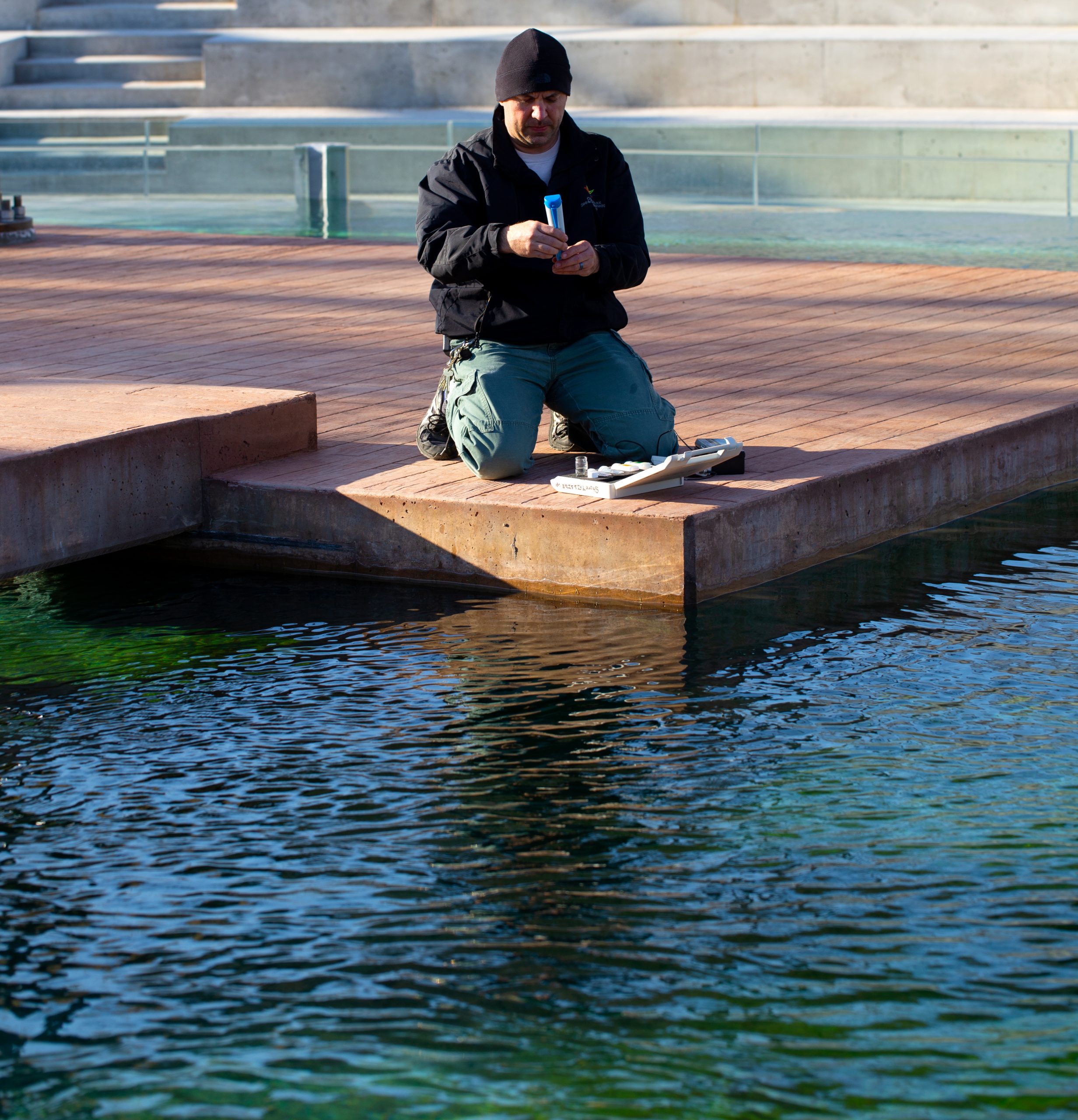
Your gifts to Como Friends support Conservation Champions, a program that encourages Como’s professional horticulture and zookeeping staff to participate in field conservation and restoration projects around the world. Thank you!
